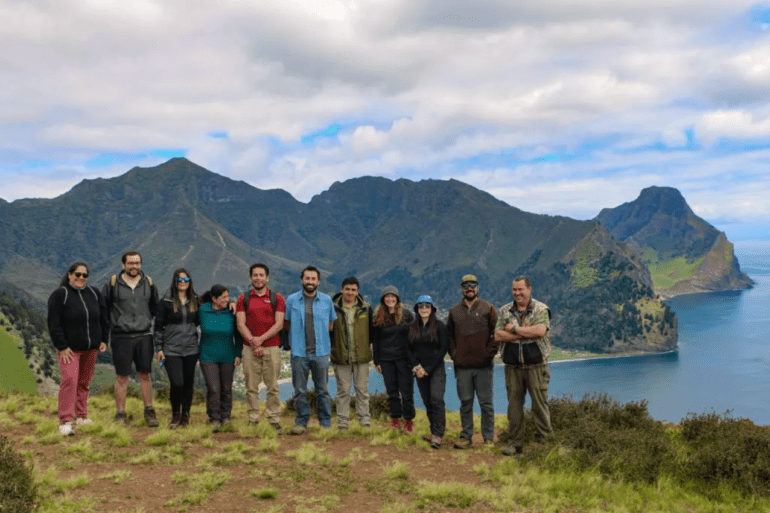- Island Conservation faces challenges in protecting native species from invasive threats on Robinson Crusoe Island.
- Lenovo and NVIDIA collaborate to upgrade the island’s networking infrastructure and provide advanced machine learning solutions.
- Custom AI scripts and GPU-enabled technology enable rapid detection and classification of invasive species.
- The partnership significantly reduces processing time and improves decision-making efficiency for conservation efforts.
- Island Conservation plans to expand the application of machine learning to detect other invasive species globally.
Main AI News:
The global ecosystem faces unprecedented challenges as biodiversity dwindles and species face extinction. Island ecosystems, in particular, confront unique vulnerabilities due to human interference. Robinson Crusoe Island, nestled in the South Pacific Ocean, exemplifies this struggle. Here, native seabirds such as the pink-footed shearwater battle against invasive predators like the South American coati, introduced by humans nearly a century ago.
In the fight to protect island ecosystems, Island Conservation spearheads transformative initiatives. Collaborating with local communities, this international non-profit organization endeavors to restore balance to threatened environments. Yet, challenges abound, especially concerning the management of invasive species like the coati.
Previously, manual processes strained resources and impeded swift action. Island Conservation grappled with analyzing over 140,000 images monthly from remote camera traps, a task consuming vast human effort. Recognizing the limitations, the organization turned to innovation.
Harnessing the potential of machine learning (ML), Island Conservation sought solutions to automate image processing. However, connectivity hurdles obstructed traditional cloud-based approaches. Nevertheless, the organization’s partnership with Lenovo and NVIDIA presented a breakthrough opportunity.
Lenovo, through its Work for Humankind initiative, dispatched a global team to Robinson Crusoe Island. Leveraging smarter technology, the team bolstered the island’s networking infrastructure, enhancing bandwidth from 1 Mbps to 200 Mbps. Moreover, Island Conservation received a Lenovo ThinkStation equipped with NVIDIA® RTX™ GPUs, tailored for image-processing tasks.
Empowered by these advancements, Island Conservation embraced automation. Lenovo’s AI experts developed custom scripts and models to detect and classify invasive species swiftly. The GPU-enabled pipeline revolutionized image analysis, reducing processing time from hours to mere minutes with unparalleled accuracy.
With enhanced capabilities, Island Conservation can expedite decision-making processes and respond promptly to threats. ML algorithms filter images, enabling rapid evaluation and recommendations from mainland volunteers. This accelerated response time translates into tangible conservation outcomes, safeguarding vulnerable species and facilitating ecosystem recovery.
Looking forward, Island Conservation aims to expand its collaboration with Lenovo to combat diverse threats, including invasive rodents. By harnessing Edge AI technology, the organization seeks to optimize processing efficiency and extend its conservation impact.

Source: Island Conservation
Conclusion:
The collaboration between Island Conservation, Lenovo, and NVIDIA demonstrates the transformative power of technology in conservation efforts. By leveraging machine learning and advanced networking solutions, the project not only enhances the efficiency of wildlife protection but also sets a precedent for future initiatives in biodiversity preservation. This partnership underscores the growing importance of integrating technological innovations into environmental conservation strategies, paving the way for a more sustainable and resilient future.

